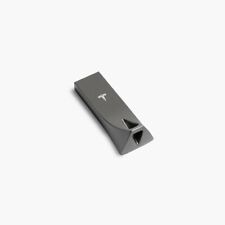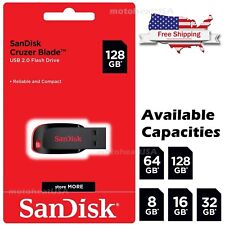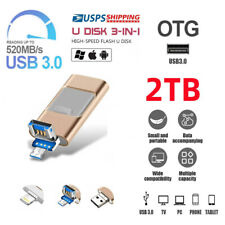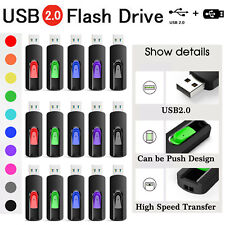-
@ Kishna
Thanks for telling us a little of how you use Knoppix. I see posts by Junior Members that don't say how they are trying to use Knoppix with replies from Senior Members saying you can do this and that and the other. I read these replies and I think "that's all very well but ...".
I am using a USB install of the Knoppix 6.4.3 EN DVD at work because I've been tasked to write some scripts for Linux servers and I don't agree that 'cross-development' from Windows is the better option. I dare not repartition the hard drive or anything: it isn't mine. I cannot boot Knoppix: my boss requires I use corporate e-mail and messaging services (so he can yell at me without embarrassment). I want a portable solution because next week I may be using a different PC and next month I may be working for a different client. My compromise was to install VirtualBox on Windows 7 and run Knoppix in a virtual machine. There are advantages as well as disadvantages.
At work I don't use ntfs-3g even though I use the ntfs file system. I have virtual disks, which are large ntfs files on the outside but Linux file systems on the inside. When Knoppix accesses these file systems, the (VirtualBox) driver calls Windows and Windows accesses the nfts file system. That's about as safe as it gets.
One nice thing about this arrangement is that I can keep all the work stuff that probably should not leave the building at work but still take Knoppix and any personal stuff home. I do that because I don't have the time at work to learn as much as I want to. I certainly can't be messing around remastering Knoppix on company time.
At home, you may have guessed, I run Linux, not Windows and I have no real use for ntfs-3g. It was not always that way. At one time I had a home network with several PC and a laptop running Windows 2000. I used Windows shares to make one large network file system. When I first installed Linux at home I naturally used a dual-boot arrangement. In order to 'share' files between Linux and Windows I learnt how to set up a samba network. When a PC was running Linux, I used ntfs-3g to mount the old Windows shares so that other PCs could access data over the samba network just as if the PC were still running Windows. Since I didn't really expect to use this all that often, I used the auto mounter to mount the ntfs file systems only when they were actually in use.
The solution is 'technically' sound but, I suppose, how 'safe' it is depends entirely on how safe ntfs-3g is. I was using this several years ago when it was first included in an Ubuntu distributed it (I don't use Ubuntu any more but that's a different story). I never heard of ntfs-3g being unreliable. I never had a problem but I never used it all that much. The auto mounter and the samba network are still in place but they only ever get used when I do a 'fire drill' to make sure they are still working.
I cannot say whether ntfs-3g is safe or not but I have messed around with different file systems and operating systems and machines and stuff to have a fair idea of what the options are and their pros and cons.
 Posting Permissions
Posting Permissions
- You may not post new threads
- You may not post replies
- You may not post attachments
- You may not edit your posts
-
Forum Rules


USB Flash Drive Memory Stick Pendrive Thumb Drive 4GB, 8GB, 32GB, 64GB 128GB LOT
$249.37

1TB/2TB USB 3.0 Flash Drive Thumb U Disk Memory Stick Pen PC Laptop Storage lot
$80.39

Lot SanDisk USB Flash Drive Cruzer Blade Glade Force Ultra Flair Luxe 3.0 3.1
$149.99

MS Office 2021 - 2 PC Full Version with USB Flash
$89.99

New TESLA OEM Model S,3,X,Y USB Flash Drive for Dashcam & Sentry Mode 128GB
$18.99

Sandisk 16GB 32GB 64GB 128GB Cruzer Blade Flash Drive Memory Stick USB Lot Pack
$4.99

2TB USB 3.0 Flash Drive Memory Photo Stick for iPhone Android iPad Type C 3 IN1
$16.72

32gb flash drive
$4.50

Type C USB 3.0 Flash Drive Thumb Drive Memory Stick for PC Laptop 1TB 2TB lot
$73.29

Lot USB Flash Drive Memory Stick Pendrive Thumb Drive 2GB,4GB, 8G, 32G, 64G 128G
$217.13



 Reply With Quote
Reply With Quote










